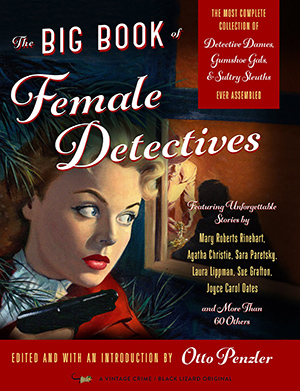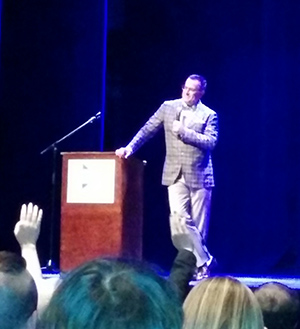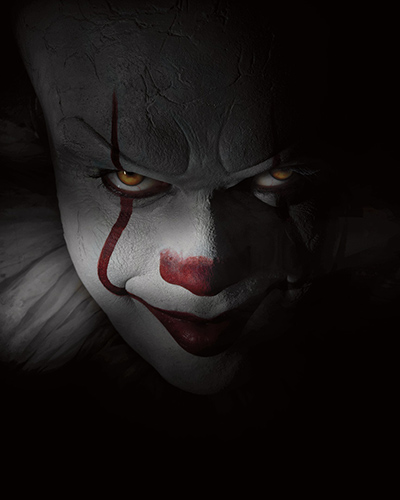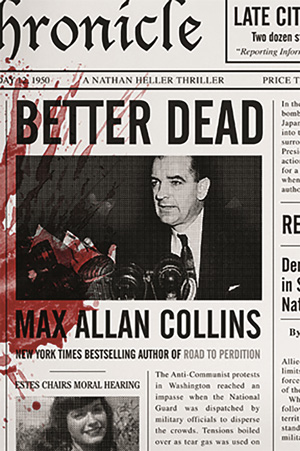Out of the blue came a lovely e-mail from Nate Heller fan Peter Roff, who is attempting to read the saga in chronological order. He had some questions for me, and I answered them. With his permission, I’m sharing them with you.
Peter writes:
Not that you should care, particularly, but I’ve spent the summer re-reading what I refer to as the original Hellers – everything from True Detective through Chicago Confidential – in the order they were released.
It’s a very different thing to see Heller’s character progress and develop in the linear fashion you provide as the creator of his universe then it is to time travel through his life as I first did, having to find the books where I could online, used, and in some cases very hard to get. At onetime I despaired I would never find a copy of
Million-Dollar Wound, for example.
They are, in a word, brilliant. Writing is hard enough. Developing a coherent story line even more so. But to interpose fact with conjecture and make it all believable is the work of a true artist.
I have, though, a couple of questions/comments:
1) After finishing Chicago Confidential this evening I had a singular thought: In Nate Heller’s universe, did he kill Sam Gianacana? For some reason, perhaps the solitary nature of his murder, suggests to me he did.
Well, that might have happened if Perdition and its sequels hadn’t come along. The trickiest thing was establishing (not that anyone cares) that Heller and O’Sullivan were in the same fictional universe. That was a decision I struggled with, because Perdition is looser with the facts than Heller. But Road to Purgatory seemed to me to obviously have to tackle the same material as Million-Dollar. So I chose to make them work together as a pair — fit together like a puzzle, if anybody cares.
2) Is it possible, after spending so much time building him up as a character in the second series of Hellers – the ones that begin with Bye Bye, Baby – that you will NOT have Nate tackle the disappearance of Jimmy Hoffa? I ask only because it seems such a natural thing for him to be involved in some fashion but the murder (presumably) is outside the timeline you originally announced.
Where I go from here depends, quite frankly, on how long I’m around. I’m in good shape right now but the last two years were filled with nightmarish health problems that almost killed me. I went back and “picked up” Better Dead because I thought that period and the two stories that comprise it were essential to the overall saga. I’m doing Sam Sheppard next in part because it shouldn’t be as demanding as some of the bigger landscape stories. I hope to do both RFK/Hoffa (in a pair of books) and maybe some piece of Watergate. Anything after that would be filling in blanks. But I’m 69, so how much time I have left to play this game remains to be seen.
3) I have not yet read Better Dead – and am trying to decide if I want to continue reading the books in order through the fall – I’ve read them all, including the two collection of shorts – to stay within the chronology as written OR if I should read it now because, in the real world chronology, McCarthyism comes after Chicago Confidential (more or less) but before Marilyn Monroe. If you have a thought as to which direction I should take I would welcome it.
Read Better Dead. If you can do it after Confidential, that would be ideal. A proviso: I can’t guarantee consistency with a saga written over such a long period of time. Heller isn’t perfect as an old guy gathering his memories.
4) Have you considered a Ronald Reagan book. I know we differ politically BUT I have for many years had a sense there’s a mob story there to be told. His relationship to MCA, his tenure as head of the Screen Actors Guild – you touch on it all when Heller goes to Hollywood and gets close to the IATSE/Willie Bioff studio business. But, for sake of argument, follow it through – what if all the racket busting that happened during Reagan’s presidency – particularly the stuff Rudy Giuliani did to the five families in New York – wasn’t somehow, some way, an extremely sophisticated plot to disadvantage The Syndicate and its interests, perhaps even cripple it, for the benefit of The Outfit and the fellows in Chicago?
Not on my plate at the moment, but interesting. Reagan of course is in True Detective. I was never a fan of his presidency but, brother, is he looking good now. Thanks for not letting politics get in the way of reading the novels. I write the very conservative Mike Hammer, after all, and with Mickey Spillane’s blessing — and he and I weren’t exactly on the same political page…..
Peter ends with: I’ve taken up more than enough of your time. I’ll close here but not before thanking you once again for creating Nate Heller and his universe. It has provided me with hours – days really – full of enjoyment. First, through the pleasure of taking in the stories themselves, then in taking the time to delve into the actual history of the events through which he passes and, finally, to contemplate how close to the actual solution you may have come.
He also provided a link to a fascinating story about a real-life Nate Heller in the 20th Century, which puts the lie to the notion that Heller’s life as I report it is far-fetched.
* * *
Last week Barb and I took in an appearance by Bruce Campbell at the beautifully restored Englert Theater in Iowa City. It was a kind of fancy book signing, with every attendee getting a pre-signed book by Bruce, and Bruce then doing some off-the-cuff stuff before reading a funny section of his new Hail to the Chin. He followed this with taking questions from the 700 in attendance, who were clearly the kind of people who longed to have their Ash action figure signed. He gave them a wonderfully wry bad time, humiliating the dumber questions with a light touch, and as for the intelligent questioners…well, there weren’t any.
Afterward he signed one item for anyone who cared to stay and line up to do so, and Barb and I bailed. We had our signed books, and I’d met Bruce before. So we tucked our Evil Dead Season Two blu-rays and DVD of the complete Jack of All Trades away and drowned our disappointment in Pagliai’s Pizza, the best pizza in Iowa City (and the universe).
Watching Bruce Campbell deal with his very special fan base is a study in patience, good humor and genuine understanding of the importance to him of the kind of geeky fan who would bring the complete Jack of All Trades DVD for signing.
* * *
Barb was down with a cold, so I took in IT by myself (she wasn’t that interested). I am lukewarm on Stephen King but I like horror, so I went. You probably did, too. Let me get the negative out of the way, with a little positive mixed in. I read Carrie before the film came out and was mightily impressed. The Shining, too, and a couple of other things. The original films from those two novels are masterpieces, and I include the Kubrick, which nobody seems to notice is a deal-with-the-devil movie.
Anyway, IT (never read the book and didn’t see the old TV mini-series) got off to a bad start with me when an outsider girl got garbage dumped on her by mean girls. Later she would be washed in blood, which the story ties to menstrual blood. In addition to this unimaginative reworking of Carrie (right down to a Travolta-esque bully) we have a fairly lazy reworking of Stand by Me, with kids as stereotypical as the G.I.s in a 1940s war movie. And predictably all the adults in the world of these young teens are monsters – grotesques, Hieronymous Bosch figures in bad eighties clothing. But what do you expect from a guy who wrote two haunted car novels?
Still, it’s a fine line between just repeating yourself and exploring recurring themes, and King is a law unto himself. Any writer has to stand in awe of an author who is so popular that a new section of the bookstore has to be created – that’s right, there were no “horror” sections at all in bookstores before King. Of course, now there are almost no bookstores. (Steve – have you done haunted bookstore yet?)
So did I like IT? Very much. It’s heavy-handed, but I am fine with melodrama, and most horror is very much that. This is a world where fear lurks in darkness – including the almost comically under-lit homes where the teens live with their awful single parents – and each kid must face his or her biggest fear to overcome the monster that their parents may have created. Not an new idea but a deeply resonating one.
This is a beautifully crafted movie, and the kid actors are so good, they don’t seem to be acting at all. Director Andy Muschietti handles the young cast very well, though he is stronger on creepy than scary (but I did jump a couple of times). Bill Skarsgård as the evil clown is a prime example of the creep factor, his smile oozing saliva and blood lust. And any hetrosexual male who does not fall in love with actress Sophia Lillis as Beverly needs medical attention, right now.
* * *

Crusin’s third gig with new guitarist Bill Anson is our last scheduled date of the year, though if something comes in, we’ll consider it. We’ll be rehearsing once a month over the winter. Here’s a shot of us playing bike night at Ducky’s Lagoon outside Andalusia, Illinois – a lovely night till it got cold, and reminded me why I don’t try to book anything in the winter.
* * *
Here’s a lovely review from the great Bill Crider of the upcoming Quarry’s Climax.
And check out this interesting take on A Killing in Comics. The reviewer suggests that I should be more successful and better known than Michael Chabon, and who I am to argue?
M.A.C.












